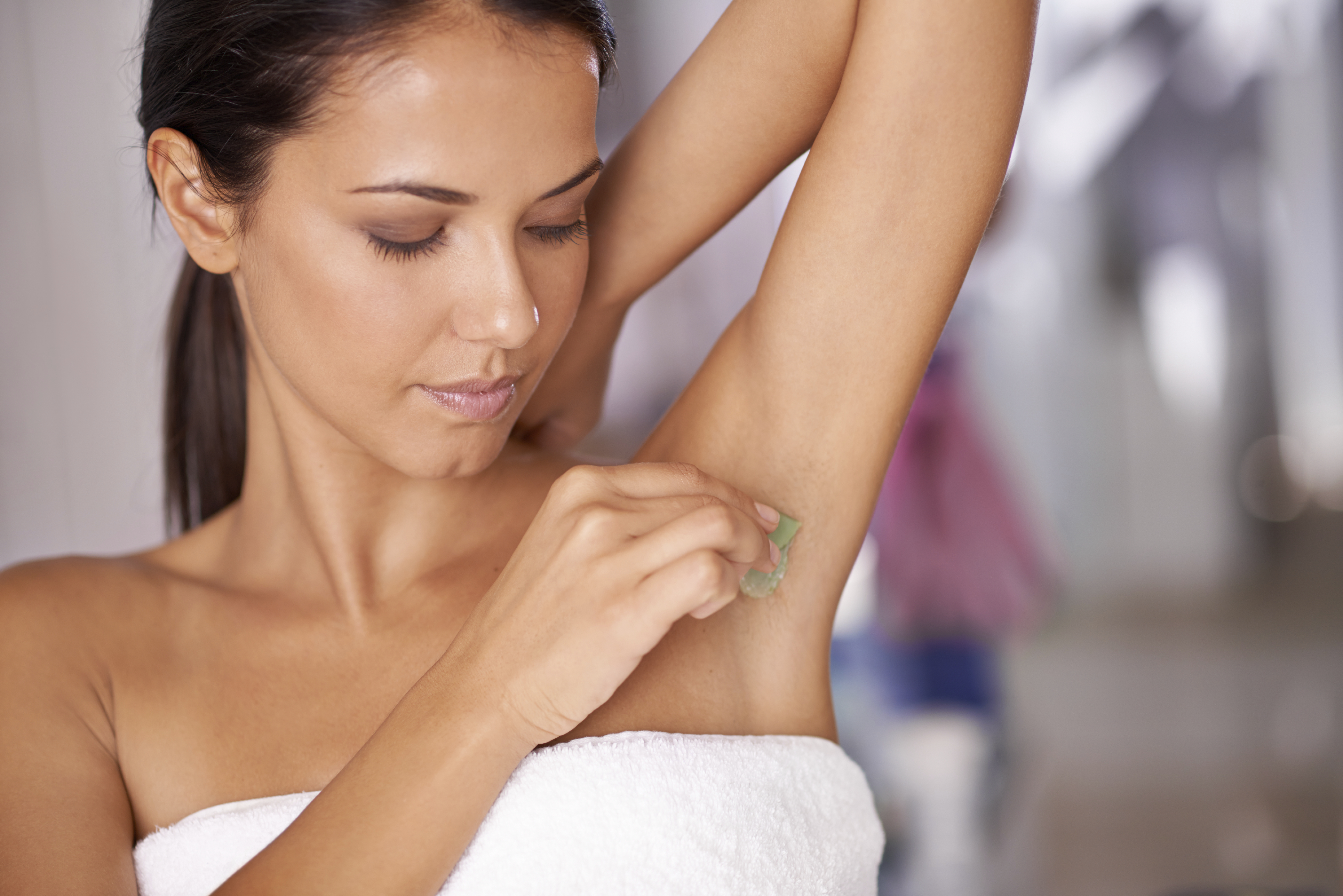Skin Lightening Treatments
-
Content written by Andrew Proulx, MD | Reviewed by EnhanceMyself Medical Team | Last updated 6/17/2023
- Overview
Overview
What is skin lightening?
Skin lightening helps reduce the appearance of dark spots – “hyperpigmentation” – on the skin. Sunspots, melasma, freckles, and acne scars are common examples of hyperpigmentation and uneven skin tone.
Hyperpigmentation is brought on by a number of factors, such as aging, hormonal imbalances, endocrine disease, inflammation, and exposure to radiation. Skin lightening procedures are designed to lighten these dark areas and even out skin tone.
A number of different methods exist for lightening areas of darkened skin. Topical lotions that bleach or exfoliate the skin are useful for mild to moderate areas of hyperpigmentation, while other more complex treatments delivered by licensed professionals are useful for more serious cases.
When deciding which skin lightening treatment is right for you, it is helpful to discuss your particular situation and goals with an experienced medical provider. The best types of providers for this treatment are board-certified dermatologists, plastic surgeons, or facial plastic surgeons.
OTC product caution
The Food and Drug Administration (FDA) has not specifically approved any OTC (over-the-counter) for skin lightening. In fact, they proposed a ban of OTC skin bleaching products in 2006 based on a review of available evidence, which found many products to be unsafe for human use.
In a 2014 study, 6% of 549 tested skin lightening creams purchased online and in stores contained high levels of mercury. Many such creams pervade the market, and caution should be used when choosing a product.
If you are considering skin lightening using OTC products, it may be wise to speak to your doctor prior to using the product.
Treatment options
Topicals: a number of topical treatments (“whitening/brightening serums”) are available, either OTC or through a licensed clinician. These contain a wide variety of ingredients. A few notable examples include:
- Hydroquinone creams: these are the standard skin lightening treatment and are sold both OTC and through medical providers. They can be used to treat melasma, chloasma (a darkening of skin during pregnancy), acne scars, freckles, liver spots, and scars. While doctors can prescribe FDA-regulated creams that contain 4-6% hydroquinone, OTC products only contain up to 2% hydroquinone. Creams are the most popular delivery method, but they can also be purchased as gels, emulsions, and solutions.
- Kojic acid: this is a metabolite derived from a Japanese mushroom. It can also come from fermented foods, such as sake or soy sauce. Known as Koji in Japan, it is used topically to diminish the look of dark spots from age, acne, or scarring. While it may not be as effective for skin lightening as hydroquinone, kojic acid may pose less long-term health risks than does the repeated use of hydroquinone.
- Arbutin: an extract from the bearberry plant, it can also be found in wheat and pears. Usually applied as a topical cream or serum, its natural origins make it a popular skin lightening treatment. It may also possess protective properties against sun damage and reduce skin darkening after exposure.
- Licorice root: contains compounds called glabridin and isoliquiritigenin. When combined, these two help lighten hyperpigmentation, reduce discoloration, and can even have anti-inflammatory effects. Cases of contact dermatitis (an itchy, uncomfortable rash on the skin) have been reported with its use. More research is needed to determine its safety.
Exfoliation: this involves the removal of the superficial layers of skin in order to stimulate new skin growth with reduced or eliminated discoloration. Exfoliation may be accomplished by physical removal of the skin layers (abrasion), or by the use of chemicals:
- Tretinoin (Retin-A): this is a form of vitamin A that is used in treating acne, UV damage, wrinkles, and hyperpigmentation. Tretinoin removes the superficial layer(s) of skin through chemical action, and the depth of penetration depends on the concentration. Some OTC products containing Retin-A are available, others are only available as a chemical peel treatment from a licenced professional.
- Dermabrasion: this is a face resurfacing technique that involves mechanically removing superficial layers of skin using a rotating brush. This promotes new, healthier skin regrowth. There may be significant redness, swelling, and discomfort following dermabrasion.
- Microdermabrasion: microdermabrasion is similar to dermabrasion, but gentler and more superficial.
Chemical Peels: properly known as “chemoexfoliation,” these are a method of skin resurfacing through the application of caustic agents to the skin to remove layers of skin to a desired depth.
Chemical peels are administered by a licenced professional, and are much more drastic in their effect than are other topical agents that are intended for home use. Chemical peels are classified according to their depth of penetration, either superficial, medium, or deep. Depending on the depth, there may be redness, swelling, discomfort, and scabbing after the treatment, so there is downtime involved afterwards.
The most common chemical peel agents used for reducing hyperpigmentation and dark spots are lactic acid, salicylic acid, and trichloroacetic acid. The concentration of the agent and the duration and thickness of application determines the depth of penetration.
Laser and Light Treatments: these treatments for hyperpigmantation involve using focused light energy to effect change in the skin texture and color.
There are two main approaches; the first involves using lasers to resurface the skin, the other involves using intense pulsed light (IPL) to induce the skin cells to extrude excess pigmantation. Laser skin resurfacing, or laser peels, have multiple uses and benefits other then skin lightening.
In these procedures, the clinician uses beams of concentrated laser light to eliminate unwanted pigmentation by removing the surface layer of skin. There are a few types of laser resurfacing:
- Ablative laser: uses a very short range of light on the skin to remove the upper layer and underlying tissues. It is considered the most effective method for skin lightening.
- Non-ablative laser: heats up the underlying tissue without damaging the upper layer of skin.
- Fractional laser: Uses tiny microbeams of light “sprayed” onto dark spots on the skin. The top layer of skin is preserved.
Intense pulsed light (IPL) is not an ablative technique, so there is much less downtime involved than there is with lasers. However, several sessions are usually required to achieve the desired effects. After IPL is applied to the affected area, melanin (dark pigment) rises to the surface over a few days and eventually sheds off. The affected area may turn darker for a short period while the melanin is rising, which is sometimes confused with the treatment not working.
Cryotherapy: this technique uses liquid nitrogen to exfoliate skin cells that have excess pigment. After a treatment, the skin will blister and shed, and the skin that grows in to replace it usually has less pigment. However, it must be noted that cryotherapy is appropriate for only certain types of skin hyperpigmantation.
Cost of treatment
The cost of over-the-counter skin lighteners can run anywhere from $10 to $300.
The average fee per session of skin treatments are:
- Chemical peel: $650
- Dermabrasion: $1,300
- Microdermabrasion: $130
- IPL: $400
- Ablative laser: $2,500
- Non-ablative laser: $1,500
EnhanceMyself.com relies on sources such as professional medical organizations, government agencies, academic institutions, and peer-reviewed scientific journals to write it’s articles. Learn more about how we ensure our content is accurate, in-depth, and unbiased by reading our editorial guidelines.
*Medical Disclaimer: This website does not provide medical advice. Read more.



